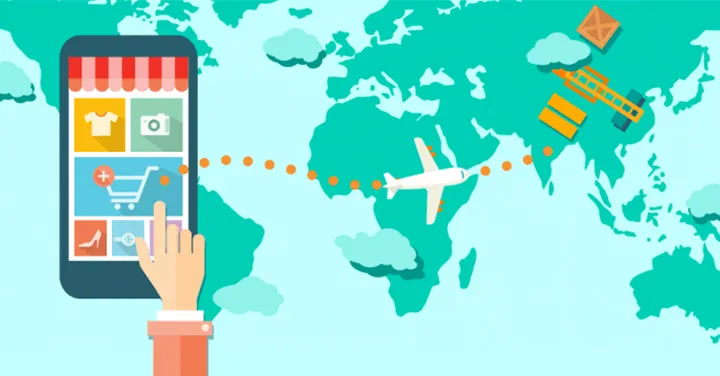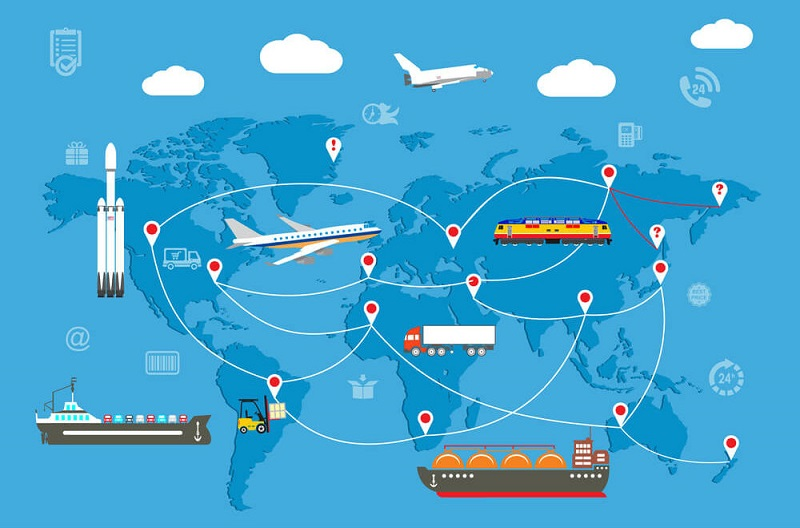In the expansive realm of cross – border e – commerce platforms, language translation stands as a linchpin. It bridges the gap between businesses and consumers across different languages and cultures, significantly influencing the success of these platforms.

I. The Significance of Language Translation in Cross – border E – commerce Platforms
- Enhanced Customer Engagement
- A seamless language – translated experience on e – commerce platforms makes it easier for customers to understand product details. For example, when a French – speaking customer visits an international cross – border e – commerce site, accurate French translations of product descriptions, features, and usage instructions enable them to make informed purchase decisions. This not only increases the likelihood of a sale but also builds customer trust.
- Translated content in the customer’s native language also improves the overall user experience. It makes the platform feel more accessible and user – friendly. For instance, having multilingual customer support chatbots that can answer queries in various languages enhances customer satisfaction and engagement.
- Expanded Market Reach
- By providing content in multiple languages, cross – border e – commerce platforms can tap into new markets. Consider a Chinese e – commerce platform that offers English, Spanish, and Arabic translations. This allows it to reach English – speaking countries in North America and Europe, Spanish – speaking regions in Latin America, and Arabic – speaking markets in the Middle East and North Africa. This expansion can lead to a substantial increase in customer base and sales volume.
II. Challenges in Language Translation for Cross – border E – commerce Platforms
- Cultural Nuances
- Different cultures have unique ways of expressing ideas. Translating words literally may not convey the intended meaning. For example, a product name that is popular in one culture may have a negative connotation in another. A brand name that means “lucky” in English might translate to something inappropriate in a different language due to cultural differences. Understanding and adapting to these cultural nuances is crucial for effective translation.

- Technical and Industry – Specific Terms
- Cross – border e – commerce platforms deal with a wide range of products, each having its own set of technical and industry – specific terms. Translating these accurately requires in – depth knowledge of the industry. For instance, translating the technical specifications of a high – end camera from English to German demands an understanding of photography – related jargon in both languages. Incorrect translations can lead to confusion among customers and potential loss of sales.
III. Strategies to Overcome Language Translation Challenges in Cross – border E – commerce Platforms
- Leverage Professional Translators
- Hire native – speaking professional translators who are well – versed in the target language and culture. They can ensure accurate translations that take into account cultural nuances. For example, if translating for a Japanese market, a native Japanese translator with experience in e – commerce can provide translations that resonate with Japanese consumers. Professional translators can also handle technical and industry – specific terms more effectively.
- Use Translation Management Systems (TMS)
- Implement TMS to streamline the translation process. These systems can store and manage translation memories, which means that repeated translations are done more efficiently. For example, if a platform has a set of product descriptions that are frequently updated, the TMS can recall previous translations and make updates faster. TMS also helps in coordinating with multiple translators and ensuring consistency across different translations.
- Customer – Driven Translation Feedback
- Encourage customers to provide feedback on translations. This can help identify areas that need improvement. For example, if a customer points out that a product description in their language is unclear, the platform can use this feedback to correct the translation. This customer – driven approach ensures that the translations are more customer – centric and effective.

In conclusion, language translation is an essential component of cross – border e – commerce platforms. Despite the challenges, by implementing the right strategies, platforms can overcome these obstacles. By doing so, they can enhance customer engagement, expand their market reach, and ultimately drive the growth of their cross – border e – commerce business.



